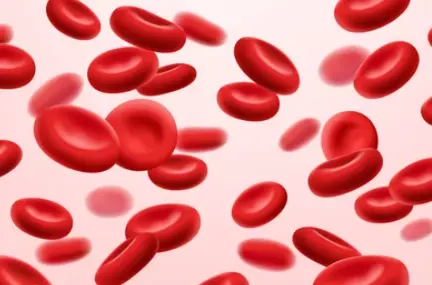 Welcome
Welcome
“May all be happy, may all be healed, may all be at peace and may no one ever suffer."
- A
- B
- C
- D
- E
- F
- G
- H
- I
- J
- K
- L
- M
- N
- O
- P
- Q
- R
- S
- T
- U
- V
- W
- X
- Y
- Z
Post-inflammatory hyperpigmentation - Generics
Post-inflammatory hyperpigmentation (PIH) is a common skin condition that results from skin inflammation or injury, including acne, eczema, psoriasis, burns, and certain cosmetic procedures. PIH occurs when the skin produces excess melanin, the pigment that gives skin its color, in response to the inflammation or injury.
PIH usually appears as dark patches or spots on the affected skin, which can range in color from light brown to black. PIH can be a distressing condition, particularly for people with darker skin tones, as the hyperpigmentation can be more visible and may take longer to fade.
Treatment for PIH typically involves addressing the underlying skin condition or injury that caused the inflammation, as well as using topical treatments to lighten the affected skin. Topical treatments for PIH may include:
- Hydroquinone: This is a skin-lightening agent that works by inhibiting the production of melanin in the skin. It is available in both over-the-counter and prescription strengths.
- Topical retinoids: These are derivatives of vitamin A that help to speed up the skin's natural exfoliation process, which can help to fade PIH more quickly. Topical retinoids are available by prescription.
- Azelaic acid: This is a naturally occurring acid that is effective in treating PIH by inhibiting the production of melanin in the skin. It is available in both over-the-counter and prescription strengths.
- Kojic acid: This is a naturally occurring acid that helps to lighten the skin by inhibiting the production of melanin. It is available in over-the-counter products, but its effectiveness is limited.
- Vitamin C: This is an antioxidant that is effective in treating PIH by inhibiting the production of melanin and promoting collagen production in the skin. It is available in both over-the-counter and prescription strengths.
In addition to topical treatments, other treatments for PIH may include chemical peels, microdermabrasion, and laser therapy. It is important to note that treating PIH can be a slow process, and results may not be noticeable for several weeks or months.
Preventing PIH involves taking steps to prevent skin inflammation and injury in the first place. This may include using gentle skin care products, avoiding picking at acne or other skin lesions, and wearing sunscreen to protect the skin from UV damage.
In conclusion, PIH is a common skin condition that can be distressing for those affected. However, there are several topical treatments and procedures available to help fade the hyperpigmentation and improve the appearance of the skin. Prevention is also important to minimize the risk of developing PIH in the first place.

Skin rash

Teething pain

Myelofibrosis

Bacterial skin infections

Secondary hyperparathyroi...

Postexposure prophylaxis...

Blepharospasm

Osteopetrosis
Post-inflammatory hyperpigmentation, পোস্ট-ইনফ্ল্যামেটরি হাইপারপিগমেন্টেশন
To be happy, beautiful, healthy, wealthy, hale and long-lived stay with DM3S.